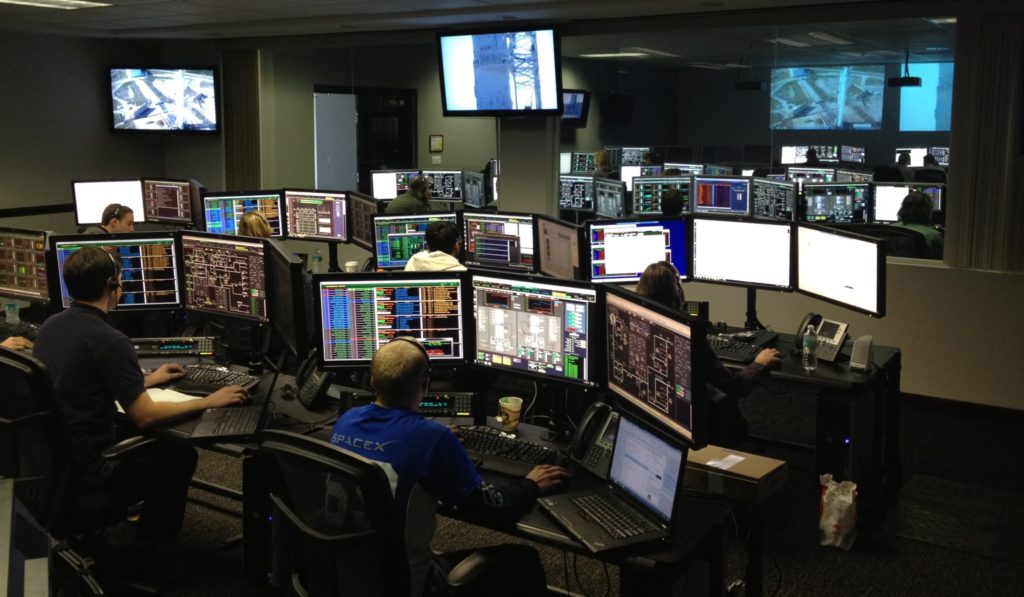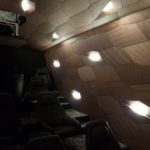06
Feb
2018
Conducive Working Environment: Acoustics in a Control Centre

Reading Time: 2 minutes
A conducive working environment usually encompasses many human factors. In a control centre where every detail, sound and effect is crucial, the room for error can be a matter of life and death.
Dannis Lo disects the importance of a cohesive and conducive working environment for his staff and why the rest of the industry should follow suit.
Whether it’s a computer data center or an emergency response call center, control rooms are places where every second counts. As such, they need to be flawlessly designed and executed to allow professionals to do their jobs.
Dannis Lo is one of the people who helps make that happen. For more than a decade, he’s provided acoustic solutions in control room environments. The stakes are high, but he enjoys the challenge.
“The environment is very serious and any noise disturbance would be a disaster,” Dannis says. “Every little alarm signals a different kind of threat that control center needs to be notified about. To be able to hear them the whole environment must be in control.”
Operators must also be able to differentiate between the types of sounds and alarms in the room to know whether something is a disaster or not. Dannis sets the frequencies for each alarm so the operators can be trained on which is which.
More than an afterthought
Even though hearing alarms and other signals is essential in a control room environment, Dannis says acoustics are often considered as an afterthought when they are being designed. He counts this as one of the most frustrating parts of his job, and it’s a mindset that he is looking to change.
Dannis studied robotics and worked on video wall display systems before settling in acoustic design. He also worked in the area of ergonomics. Control room operators often sit at their desks for long periods of time and need well-designed workstations to support them.
The best environments happen when sound, lighting, and other design elements work simultaneously with each taking the others into consideration. Dannis hopes to continue educating his clients about how important this is to the finished control center product.
“The biggest challenge I face is getting clients to understand how ergonomics, acoustics and lighting come together in the control room,” Dannis says. “It’s more than just how something looks.”






